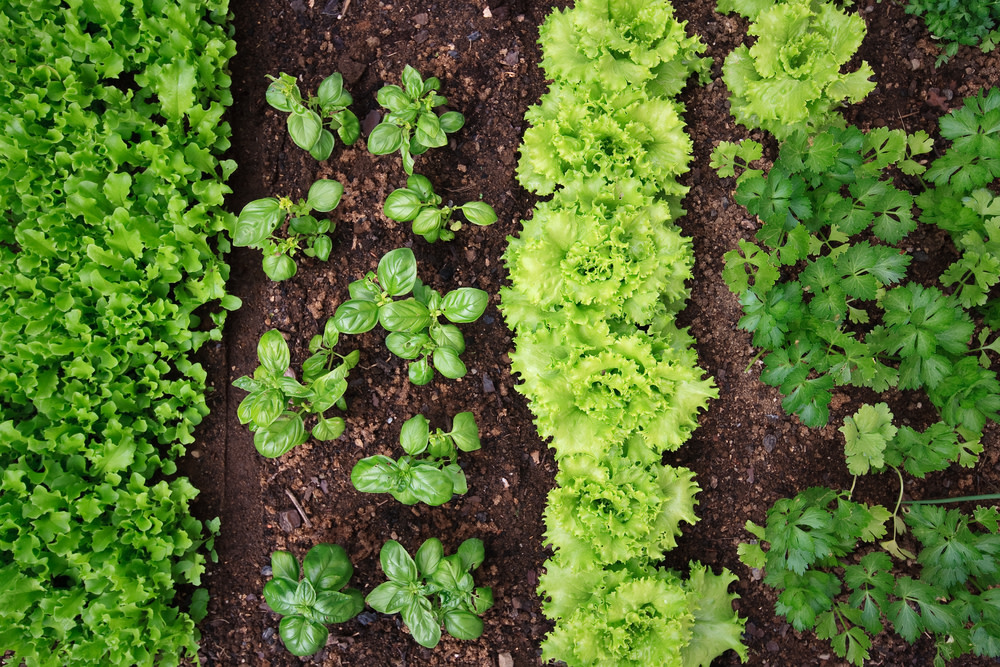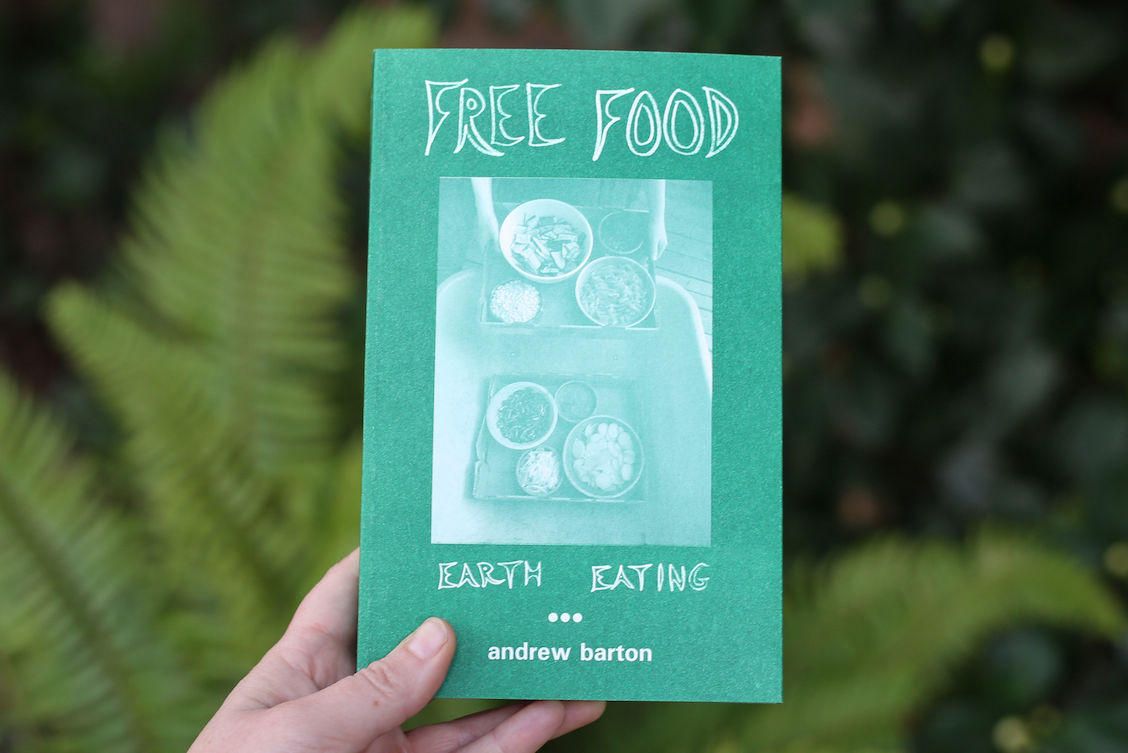Things to Do In the Vegetable Garden: July

Wondering what to do in the vegetable garden right now? It's not too late to get growing! There are plenty of vegetable seed and starts that can be planted this month for summer, fall, and winter harvest. Here’s what lies in store for the month of July and into early August in the vegetable patch:
Most greens grow best in cool spring and fall weather but some thrive perfectly well in summery weather. Look for varieties described as “good for summer sowing” so they can tolerate heat. Salad leaves and sauté-worthy vegetables include:
- Lettuces, arugula, basil, Asian greens like mustards, bok choi and gai lan and all variety of mixed greens including mesclun and sauté blends.
- Cilantro and spinach are very bolt-prone: plant bolt-resistant/heat-tolerant varieties and ensure plentiful water and afternoon shade.
Tips: Plant greens under shade cloth or where plants receive solid morning sun and afternoon shade. Sow greens every two weeks, keep well watered and harvest promptly to prevent plants from getting heat or drought-stressed and bolting.
Mid-July is your last opportunity to plant quicker-growing (or more mature) warm-weather crops. Much depends on the weather, both now and through the autumn months, but there may be time for one more crop of quick-growing corn and slender French bush beans from seed or plant starts.
You could still get a decent crop if you plant large, husky starts of:
- Tomatoes, eggplant, peppers, summer squash, melons, cucumbers and baby pumpkins.
Tips: First, choose fast-ripening varieties (packet or tags should say how many days to harvest for each variety) and small-fruited varieties, which ripen quicker (think teeny hot peppers vs bell peppers, mini pumpkins instead of giant Jack-o’lantern types). Try grafted tomatoes or other vegetables to improve vigor and production. Plant late comers in extra warm spots on the south side of a building or near heat-collecting concrete, keep well-watered and fertilize with liquid organic fertilizer like fish and kelp. In early to mid September, cull the quantity of fruit on each plant to speed the ripening of existing fruit.
Mid-summer is the perfect time to get sowing on your winter garden. This includes crops that are ready to harvest in autumn, winter and sometimes even through spring.
For autumn harvest, direct-sow seed for:
- Beets, giant Asian watermelon radishes, bulbing fennel, carrots, green onions and cole crops (crucifers) like quick-ripening broccoli, cauliflower and cabbage (look for varieties listed for summer sowing/autumn harvest, or with minimal days-to-harvest)
- Later in the month through early August, sow fast-growing peas, radishes, spinach, cilantro for late fall harvest and another batch of Swiss chard for overwintering
For winter harvest, direct-sow seed for:
- Overwintering/cold-hardy varieties of cabbage, chard, kale, carrot, beet, parsley, and parsnips
For late winter-early spring harvest, direct-sow seed for:
- Notoriously slow-growing Brussels sprouts, purple and green-sprouting broccoli, cauliflower, late cabbages and slow/over-wintering broccoli are best sown through mid-July...or buy starts if you aren't getting started til the end of July. Parsnips, carrots and parsley often last through spring until hot weather makes them bolt (flower and focus on producing seed instead of tasty roots or leaves).
Tips: In summer, it’s easiest to sow seeds under shade cloth. You can also sow seed in pots or flats in bright but indirect light—they’re easier to keep watered and you can move them into the garden when they are a bit sturdier. Remember that root crops like beets and carrots should be direct-sown in the ground, as they do not transplant well.
Have questions? Leave 'em in the comment section below—and happy harvesting!




